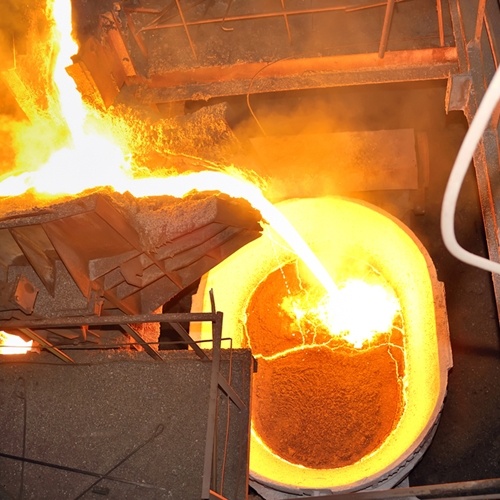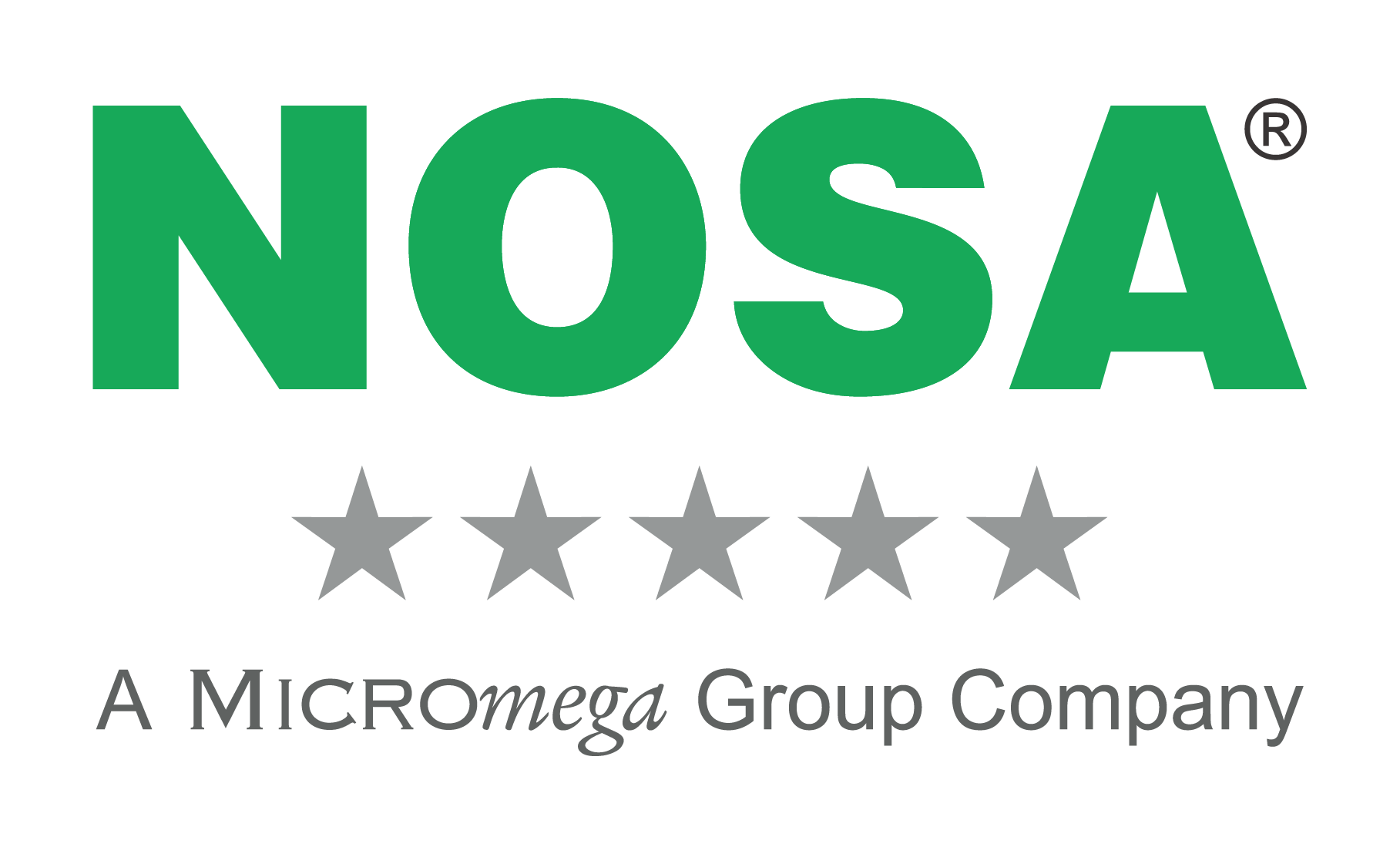
For a chemical to harm someone, and affect their health negatively, it must first come into contact or enter the body. It must also have some biological effect on the body.
There are four major routes through which a chemical can enter the body:
- Inhalation (breathing)
- Skin (or eye) contact
- Swallowing (ingestion or eating)
- Injection
Breathing contaminated air is the most common way workplace chemicals enter the body. Some chemicals, when contacted, can pass through the skin into the bloodstream. The eyes may also be a route of entry. Usually, however, only very small quantities of chemicals in the workplace enter the body through the eyes. Workplace chemicals may be swallowed accidentally if food, hands, or cigarettes are contaminated. It for this reason that workers should not drink, eat, or smoke in areas where they may be exposed to chemicals.
Injection is the fourth way chemicals may enter the body. While uncommon in most workplaces, it can occur when a sharp object (e.g., a needle) punctures the skin and injects a chemical (or virus) directly into the bloodstream.
Regardless of the way the chemical gets into the body, once it is in the body it is distributed in the body by the bloodstream. In this way, the chemical may harm organs that are far from the original point of entry, as well as directly at the location where they entered the body.
Today, we focus on the first route through which chemicals can enter your body – through inhalation.
3 ways chemicals are inhaled
As a gas or vapour
Workplace chemicals can enter the air in a number of different ways. Simple evaporation is probably the most common way. Organic solvents, such as toluene, methyl ethyl ketone (MEK), or alcohols, generally evaporate more rapidly than water, acids, or bases, although this is not always the case. Evaporation produces vapours. Vapours are formed from products that exist as solids or liquids under normal temperature and pressure conditions. Products that do not exist as solids or liquids at normal temperatures and pressures are called gases. Gases as well as vapours can contaminate the workplace air.
As a mist
In some instances, an industrial process might produce tiny liquid droplets that are able to float in the air. These droplets are called mists. Mists are formed by gases that condense into small liquid droplets in the air. Alternatively, mists may form by breaking up, splashing, or atomising a liquid. Examples include:
- acid mists from electroplating
- oil mists from cutting and grinding, or
- paint spray mists from painting operations.
As dust, fumes and smoke
Other workplace processes can generate tiny solid particles, which are light enough to float in the air, and these particles are referred to as dusts, fumes and smoke. Dusts are solid particles often generated by some mechanical or abrasive activity. They are usually heavy enough to settle slowly to the ground. Fumes are very tiny solid particles that can remain airborne, and are formed when a heated metal has evaporated in the air and then condensed back to a solid form. Fumes can occur in welding operations. Smoke is carbon or soot from burning. Smoke particles can settle or remain airborne depending on their size.
The respiratory protection you need to practise
There are several types of respirators on the market. Some are effective against some chemicals but may provide little or no protection against others. Selecting the best respirator for you can be quite complicated.
A qualified person must carry out a detailed assessment of the workplace, including all chemicals used and their airborne concentrations and forms. Consequently, complete respiratory protection guidelines generally cannot be given on the MSDS. If respirators are required at your work site, a complete respiratory protection programme including respirator selection, fit testing, training and maintenance is necessary.
Respirators are essential to keep from breathing air contaminated with:
- gases
- vapours
- fumes
- sprays
- dusts
- fogs
- mists, or
Respirators may cover the nose and mouth, a worker’s entire face, or the entire head. All respirators must be approved by relevant standards body.
Note: An employer must provide a medical evaluation and training before an employee may use a respirator, and all employees should ensure their respirator fits properly, seals out hazardous air, and that it’s properly cleaned, stored, and maintained.
Sources:
https://www.ccohs.ca/oshanswers/chemicals/how_chem.html
https://www.levitt-safety.com/blog/chemical-routes-of-entry/
https://www.graphicproducts.com/articles/choosing-ppe-to-protect-against-poisons-in-the-workplace/





